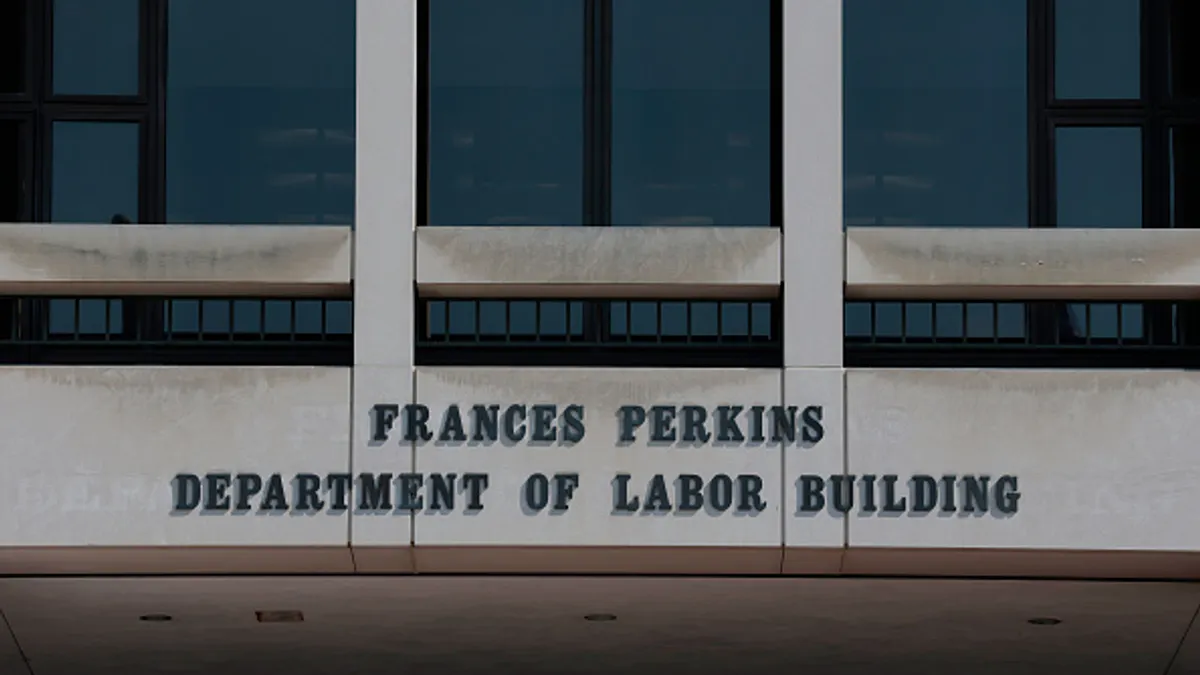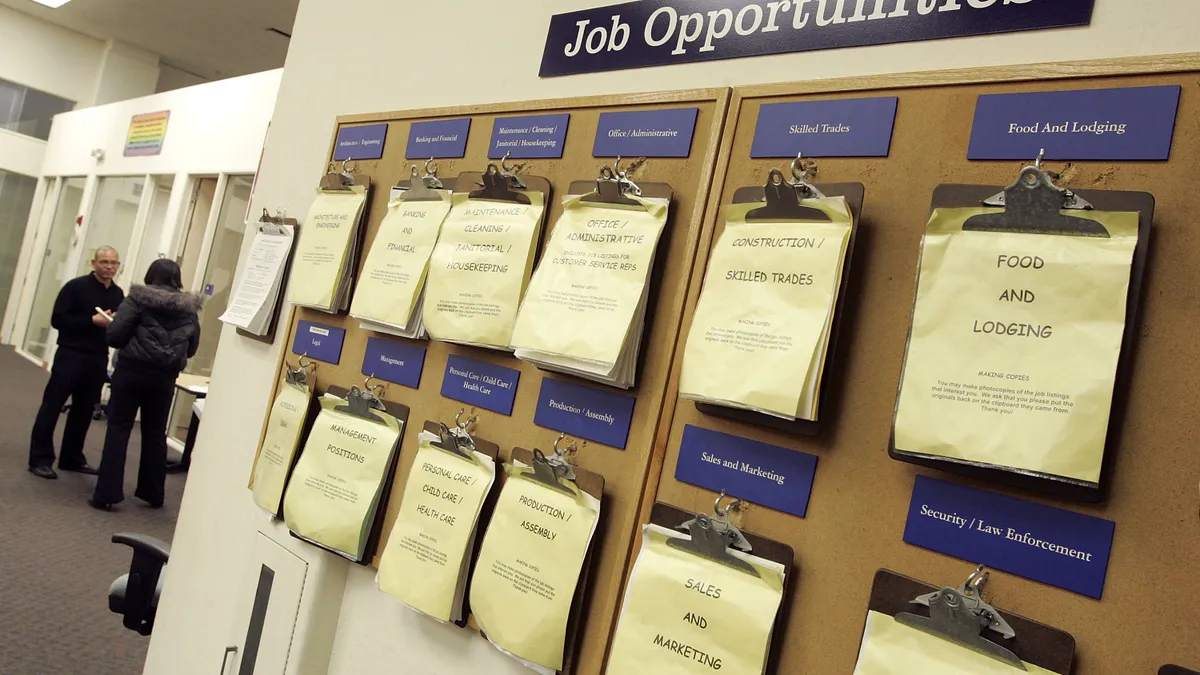For the first time in 12 years, the U.S. Bureau of Labor Statistics did not publish its monthly “Employment Situation” report on the first Friday of the month due to the federal government shutdown — only the latest problem du jour for the bureau facing existential questions.
Massive downward revisions in jobs numbers published earlier this year led to the firing of former Commissioner Erika McEntarfer by an incensed President Donald Trump. But just this week, Trump rescinded his nomination of E.J. Antoni — a controversial pick — as McEntarfer’s replacement at the bureau, the White House confirmed to NPR Wednesday, leaving it ostensibly leaderless.
All of this is happening while various stakeholders watched BLS closely, seeking answers to business-critical questions over the state of the fluctuating economy.
If BLS can’t release its tone-setting data set, then what serves as the bellwether?
Who has the answers for September?
Numerous private firms have set out to provide context — if not their own replacement — for BLS’s jobs report.
ADP, for example, has a long-running report on private-sector employment based on weekly payroll data that is oft cited, though it reportedly has a far narrower scope, critics say. According to its National Employment Report, U.S. employers shed 32,000 jobs in September.
Meanwhile, Revelio Labs — a workforce intelligence platform — said that the U.S. market gained 60,000 jobs in September, according to data pulled from its U.S. worker profiles.
In a different take, Challenger, Gray & Christmas noted that September job cuts weren’t as drastic as August’s job cuts. However:
“It’s very likely job cut plans are going to surpass a million for the first time since 2020 and for the ninth time in our series,” Andy Challenger, senior vice president and labor expert for Challenger, Gray & Christmas, said in a statement. “Previous periods with this many job cuts occurred either during recessions or, as was the case in 2005 and 2006, during the first wave of automations that cost jobs in manufacturing and technology.”
That’s a lot of different numbers saying a lot of things, isn’t it?
Revelio posed its report as a “complement” to BLS reporting in a press email after the McEntarfer firing, arguing that the private sector, “motivated by commercial interests, can still produce data that functions as a public good, providing critical visibility in real time when government statistics are delayed or under pressure.”
Revelio, in its note, pointed to pandemic-era efforts by Indeed and credit card companies to paint a picture of the economy that gave stakeholders a preview of what might have been going on before official government sources could publish.
Other indicators can also spell the truth of the market at large, however, Lisa Countryman-Quiroz, CEO of JVS Bay Area, a career training nonprofit, told HR Dive in an email. While she also pointed to Revelio, ADP and the Chicago Fed Labor Market Indicators as sources, she noted that any observer can look to stats like wage stagnation, inability to cover emergency expenses and the drop in women’s labor force participation to gain a true picture of labor market health.
Working homelessness — a description for those experiencing homelessness who have jobs — can be another indicator. “When full-time employment can’t guarantee stable housing, we’re looking at a fundamentally broken labor market,” Countryman-Quiroz said.
What comes next?
BLS reporting will be delayed following the shutdown, with delays likely worsening as the shutdown continues, if past jobs reports from previous shutdowns are any indication.
The future of the jobs report remains uncertain overall. Before his nomination was pulled, Antoni proposed moving to quarterly reports instead of monthly reports due to a “lack of confidence” in the data, according to an interview with Fox News Digital.
Experts speaking to Quartz, however, noted that longer reporting timelines would leave businesses “flying blind” amid quickly shifting variables like artificial intelligence tool adoption.
But even Friends of BLS — a network of organizations that in part focus on supporting the “public good” of BLS and its work — noted that BLS has a “long-standing need to modernize key statistical products to prevent erosion in quality,” something made difficult due to massive losses in staff since January (the work of the Department of Government Efficiency, in other words).
What really comes next for BLS will remain an open question at the very least until leadership is established at the bureau. For now, observers can take their pick of reports as they search for answers in the dark of a churning economy.























